New research report highlights breakthrough in N₂O monitoring at wastewater treatment plants
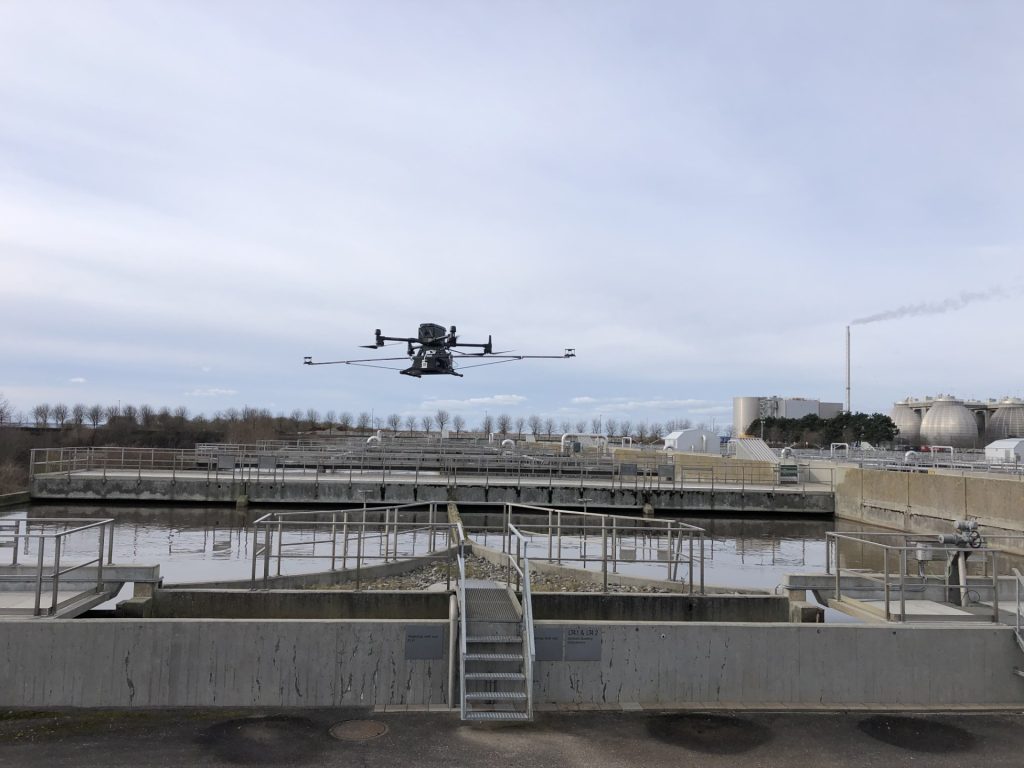
The final report from the two-year AWAIRE research project has just been published by the Ministry of Environment of Denmark, confirming the value of Explicit’s innovative drone-based technology for quantifying nitrous oxide (N₂O) emissions with high precision – an essential step in addressing climate-critical emissions from wastewater treatment. Tackling a potent climate challenge N₂O is […]
Why you should care about destruction removal efficiency (DRE)
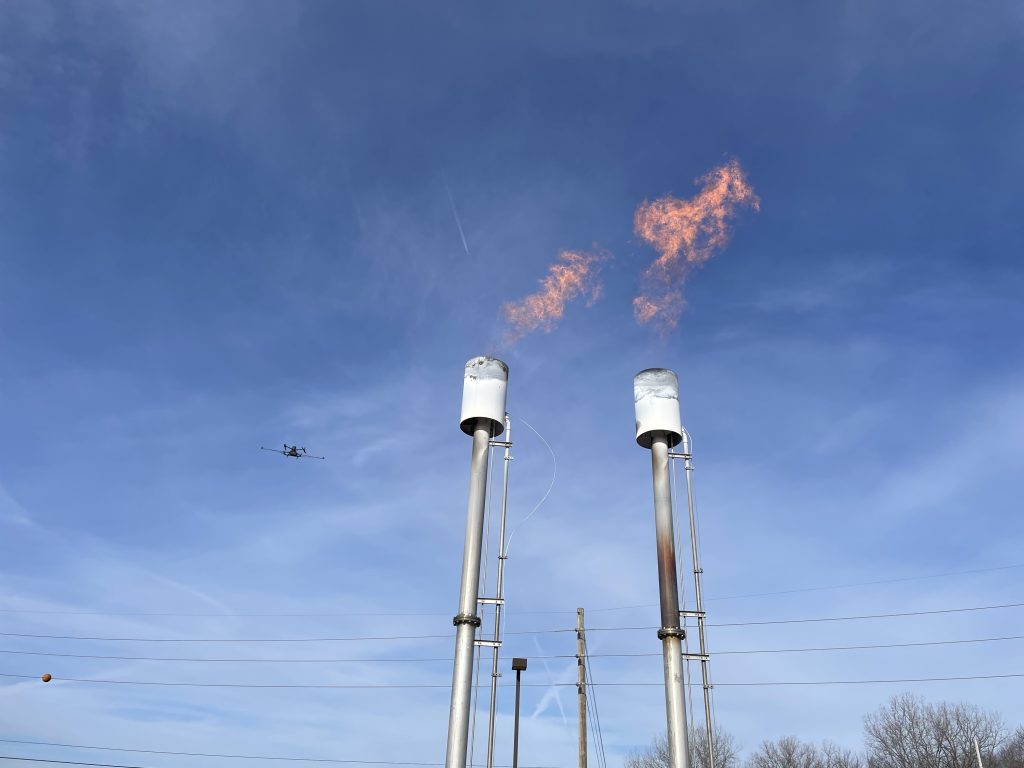
At Explicit, we work with operators around the world to help them better understand and optimise their flare operations through accurate, data-driven measurement of destruction removal efficiency (DRE). DRE is the ability of a flare system to convert or destroy hydrocarbon emissions through combustion. It is a key indicator of how effectively climate-damaging gases are […]
Why probability of detection doesn’t belong in methane emissions quantification
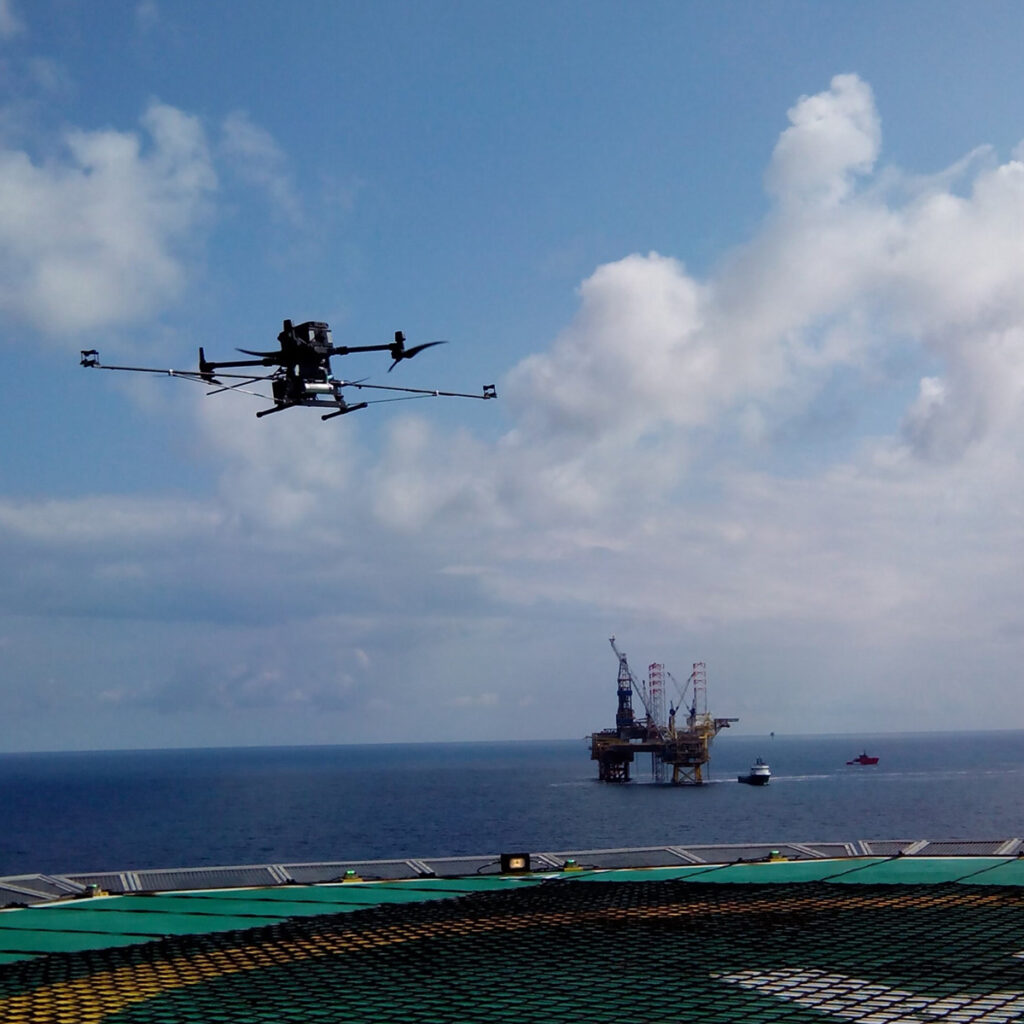
In the world of fugitive leak detection, probability of detection (POD) is a popular metric. It tells us how likely an individual sensor or network of sensors is to detect a gas signal in a given scenario and is very helpful for leak detection and repair (LDAR) programmes. But when it comes to quantifying methane […]
An overlooked challenge in methane emissions monitoring: background concentration isn’t just background
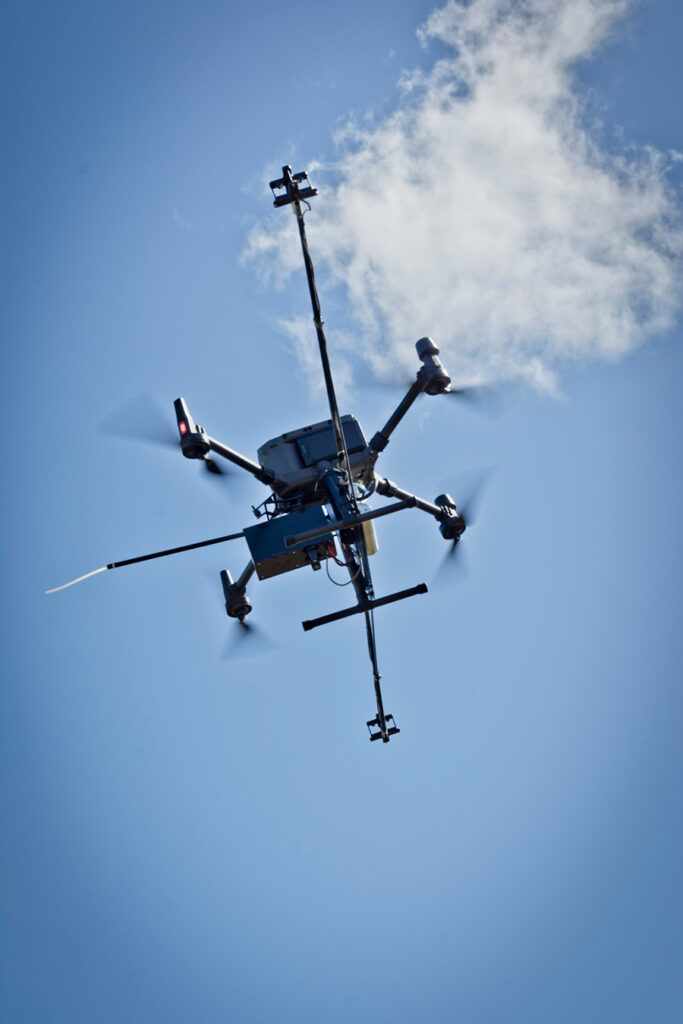
Methane emissions monitoring is evolving rapidly, with drone-based surveys providing more accurate and reliable solutions than ever before. However, one critical challenge remains: How do we correctly account for background methane concentrations in the atmosphere? And how do we subtract them correctly in the reported emission rate? At Explicit, we’ve spent over a decade conducting […]
Rethinking methane emissions monitoring: it’s not about the leaks
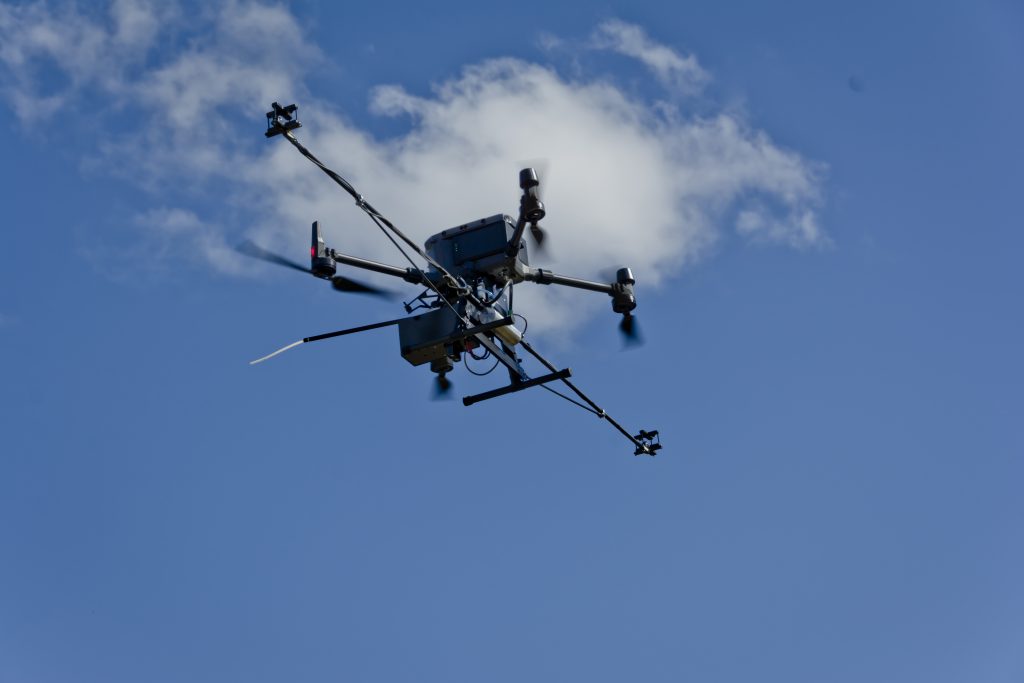
When we talk about methane emissions, the conversation almost always starts with leaks. How to find them, measure them, and mitigate them. At a methane mitigation conference last year, this talk was all the same: leaks, leaks, leaks. As if insufficient maintenance protocols were the root cause of the world’s climate crisis. We beg to […]
Measurement validity: a frequently overlooked key to accurate methane emissions monitoring
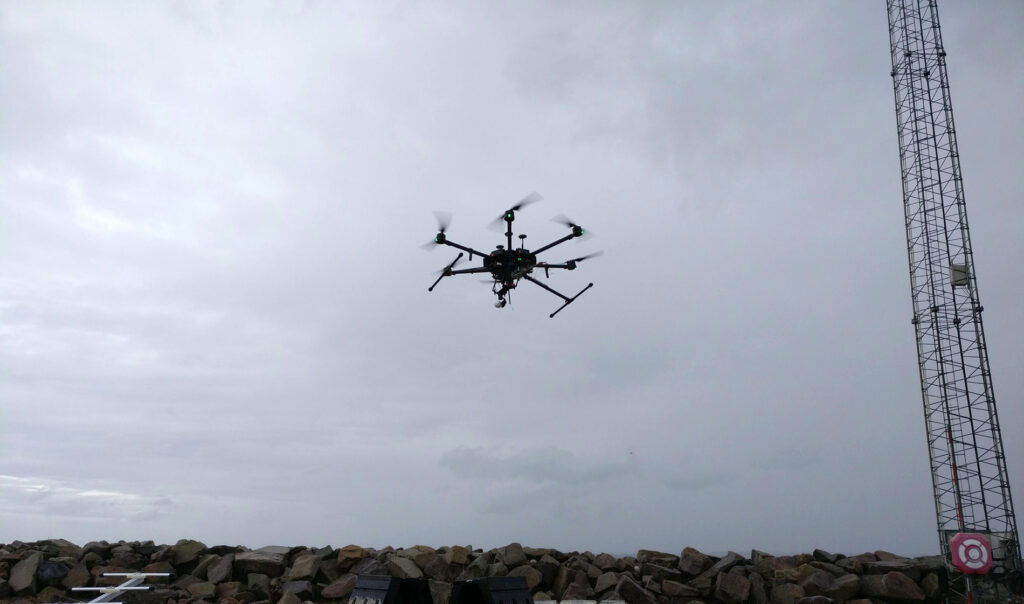
A common question in emissions monitoring is: “What’s your measurement uncertainty?” But a far more important—and often overlooked—question to answer is: “How do you know if your measurements are valid?” Without verifying the validity of your sample, you’re essentially sampling blind. You might as well be guessing. And yet, even experienced professionals who work with […]
Why wind also matters in methane emissions monitoring
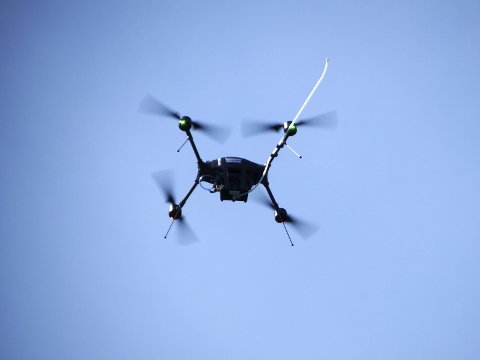
When discussing methane emissions monitoring, the focus is often on gas concentration: how much methane is emitted and from where. But if you want accurate, actionable measurements, another factor deserves just as much attention: wind. At Explicit, we specialize in accurate emissions quantification, and one thing is clear: understanding wind dynamics is just as crucial […]
Fast-growing Danish greentech company secures large-scale contract with Equinor to survey methane emissions using drones
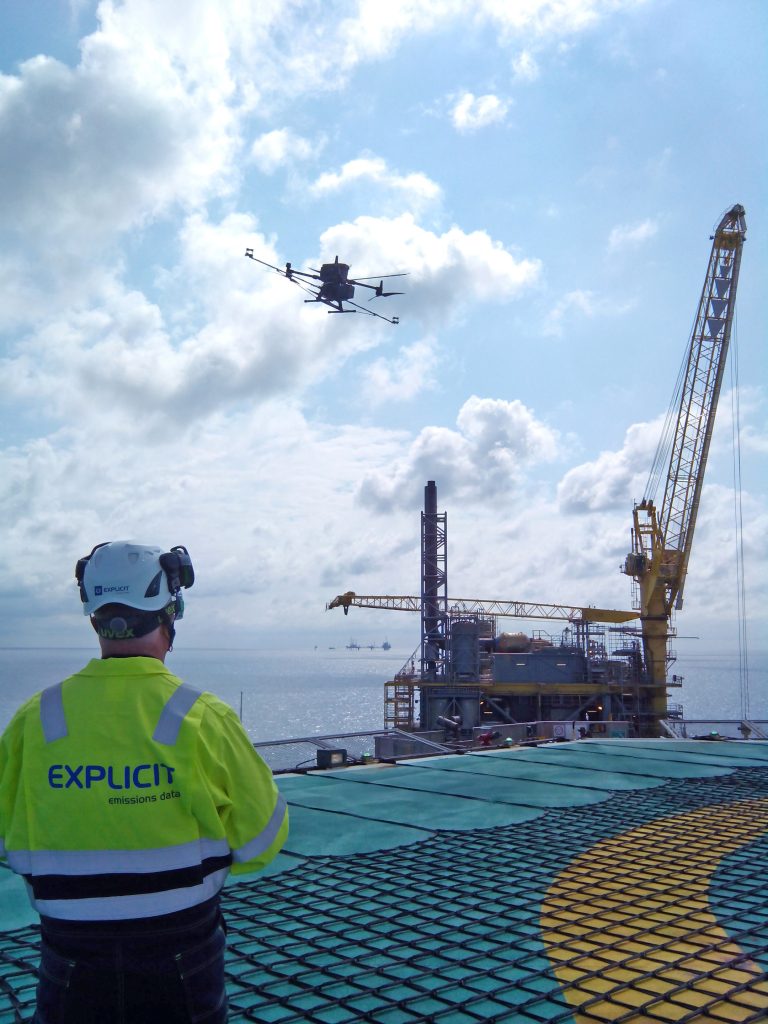
Explicit ApS, Danish greentech scaleup and pioneer in the use of drone technology to monitor greenhouse gas emissions, has secured a multi-million EUR contract to survey methane emissions from all Norwegian assets on behalf of Equinor Energy ASA in 2025. The contract includes survey of 39 offshore platforms located on the Norwegian continental shelf and […]
DFM – Offshore platforms
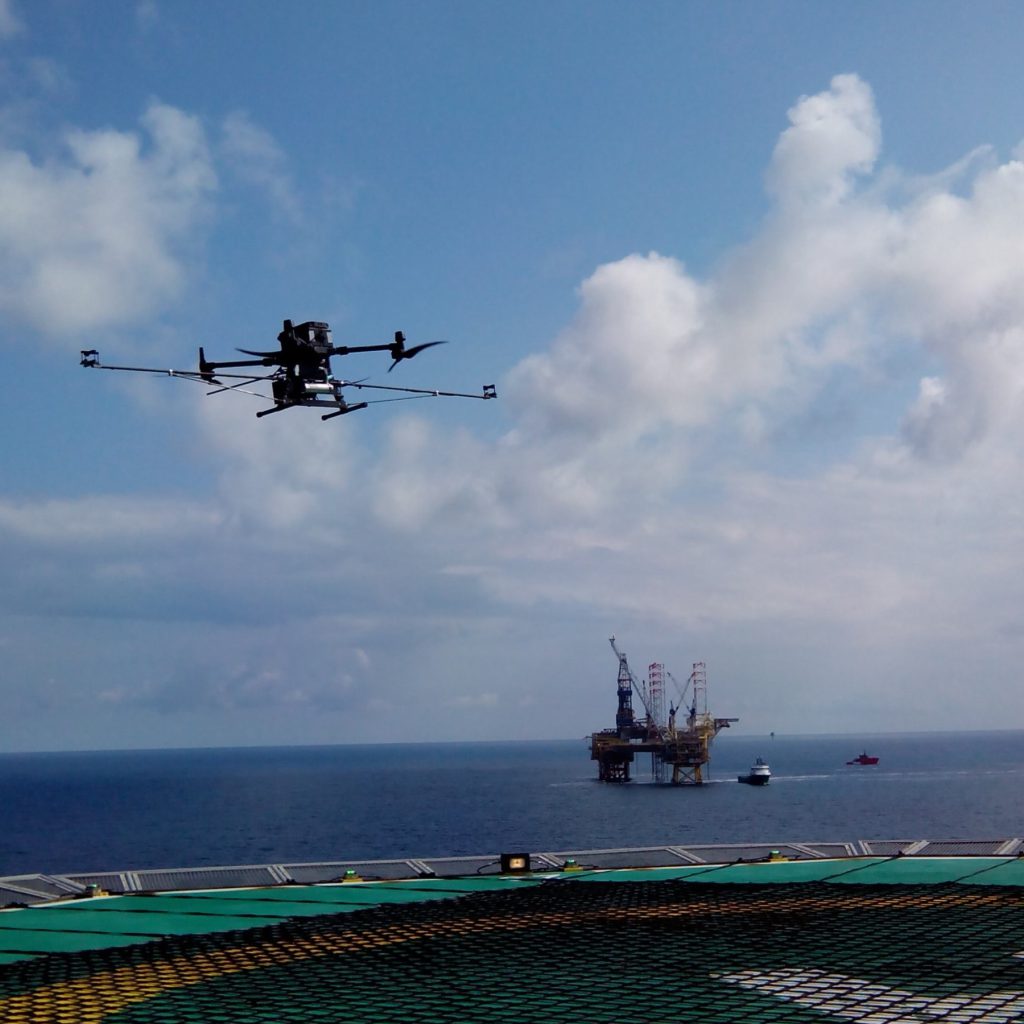
Explicit quantified CH4 emissions from multiple TOTALEnergies offshore platforms using the Drone Flux Measurement (DFM) method. Thanks to its easy implementation, the DFM method can be used to quantify emissions also over sea. In this scenario, Explicit develops detailed maps which help the pilot to safely operate the drone offshore.
FUMES
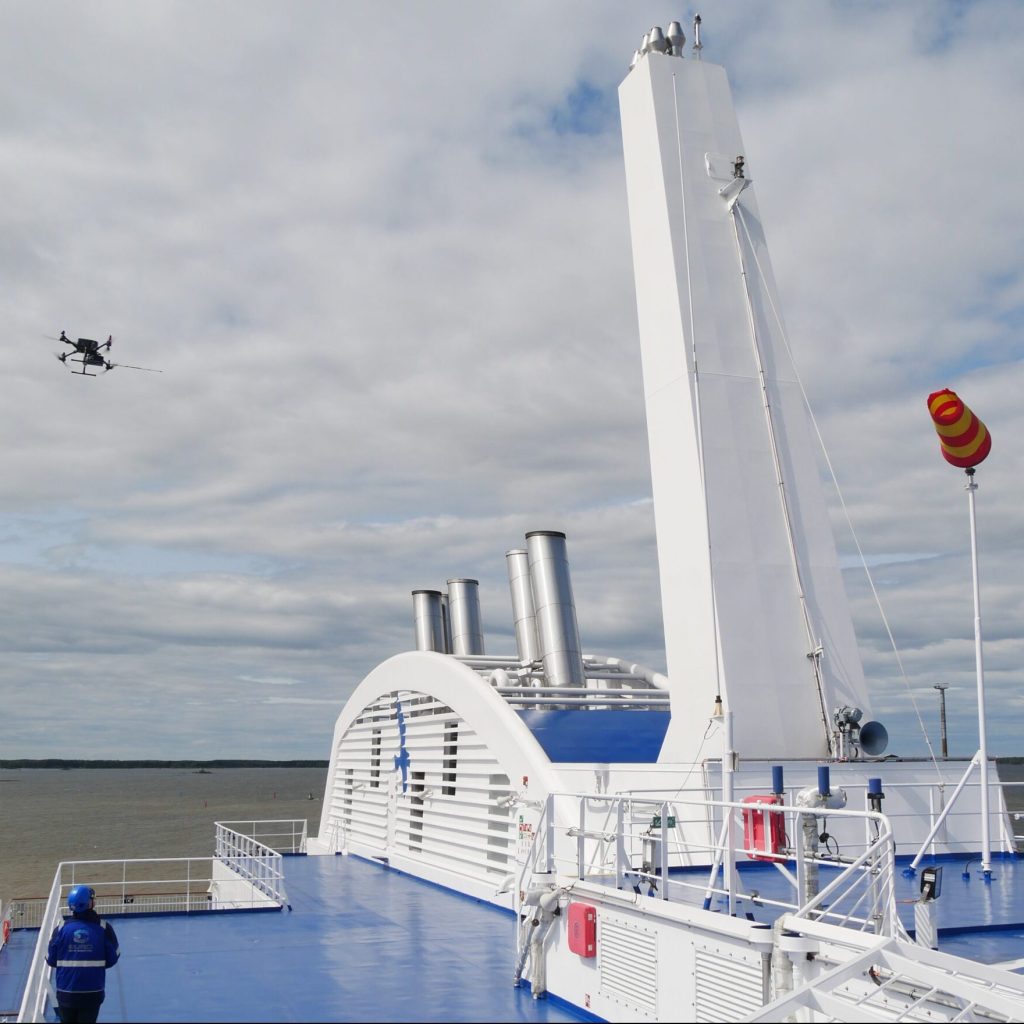
The Fugitive and Unburned Methane Emissions from Ships (FUMES) project, a collaboration between the International Council on Clean Transportation (ICCT), Explicit ApS, and the Netherlands Organization for Applied Scientific Research (TNO), collected the most comprehensive dataset of real-world methane emissions from LNG-fueled ships to date, including methane slip from marine engines and fugitive methane emissions […]
